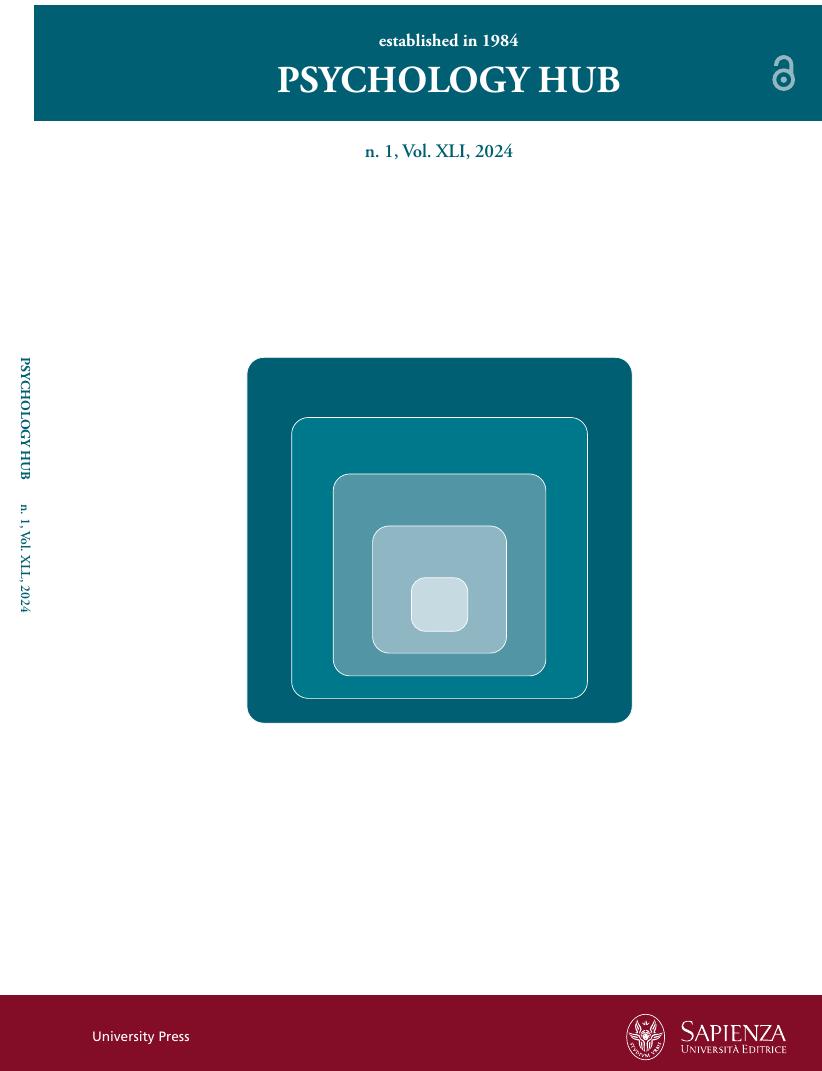Analysis of Quality of life and anxiety in an underprivileged city in IRAN during the COVID-19 pandemic: a cross-sectional study
DOI:
https://doi.org/10.13133/2724-2943/18003Keywords:
Quality of life, COVID-19, Underprivileged, Beck Anxiety Inventory, WHOQOL-BREFAbstract
Introduction: The covid-19 pandemic started in December 2019 in China. Its first confirmed cases were in Feb 2020 in Iran. It affects not only physical health but also well-being and Quality of life. Previous Studies have widely explored the Quality of life in wealthy communities during the COVID-19 pandemic; the present study selected the earthquake-prone and underprivileged city of Zarand (Iran) and aimed to evaluate the Quality of life and anxiety.
Methods: A total of 291 patients infected with COVID-19 were included in this cross-sectional study. They were selected using systematic non-random sampling. The participants' Quality of life and anxiety were evaluated using the online WHO-Quality of Life-BREF and Beck Anxiety Inventory (BAI). The analysis was not limited to the significance and included the effect size. Data were analyzed by SPSS software version 26 using Spearman's correlation, T-test, and Kruskal-Wallis.
Results: The survey results showed that on average, the Quality of life scores were less than 50 out of 100. 58% of patients reported moderate to severe anxiety, and there was a negative correlation between all of the four physical (P-value<0.001), psychological(P-value<0.001), social(P-value<0.007), and environmental(P-value<0.001) domains of Quality of life and anxiety, respectively. Degree of education and Quality of life were positively correlated in all domains except for the environmental part. Participants' Age ranged from 18 to 58, and the correlation between Age and the physical and psychological domain was significant. No significant correlation was found between the Quality of life, sex, and marital status.
Conclusions: The current study provides evidence of low Quality of life and high anxiety levels in patients who experienced COVID-19. This consequence implicates immediate considerations and an increase in psychological services to be considered by policymakers and officials.
Additional Files
Published
How to Cite
Issue
Section
License
Copyright (c) 2023 Psychology Hub

This work is licensed under a Creative Commons Attribution-NonCommercial-ShareAlike 4.0 International License.





